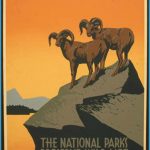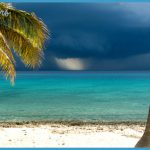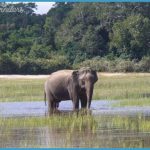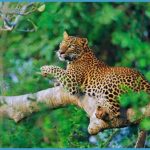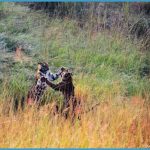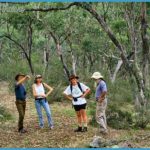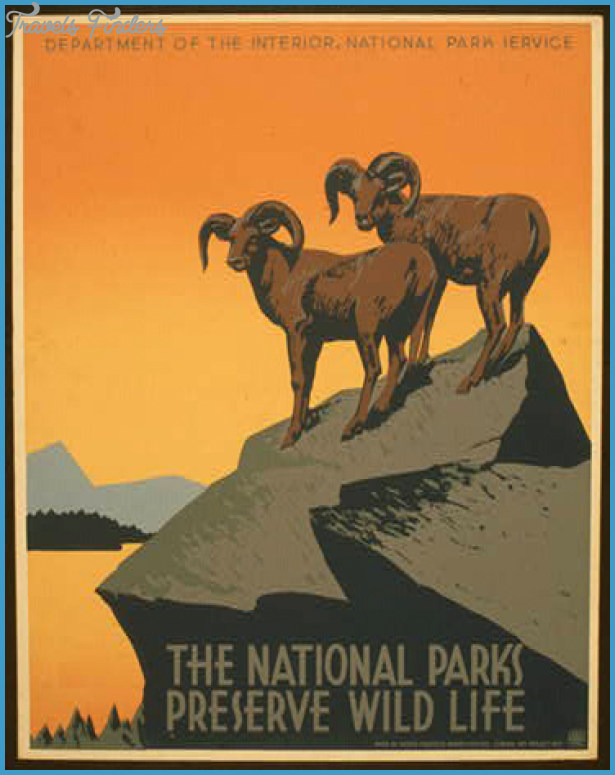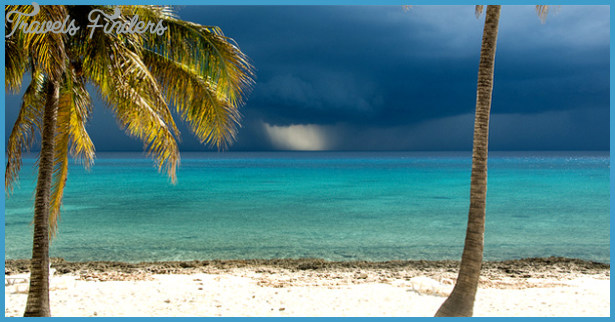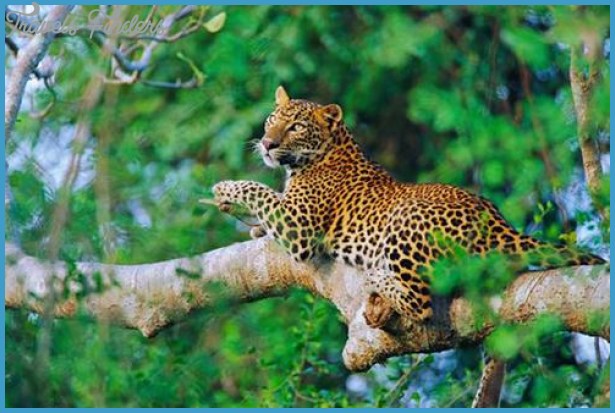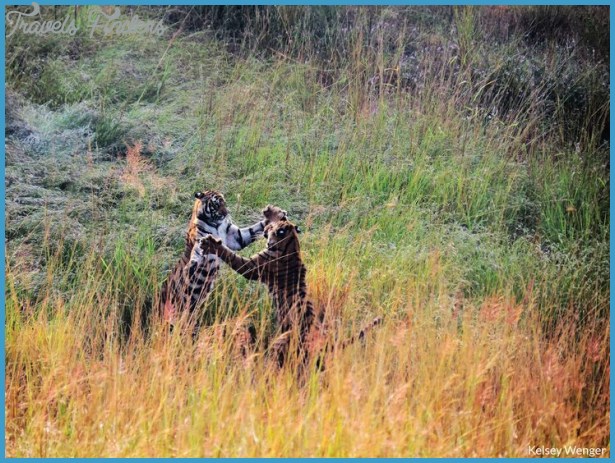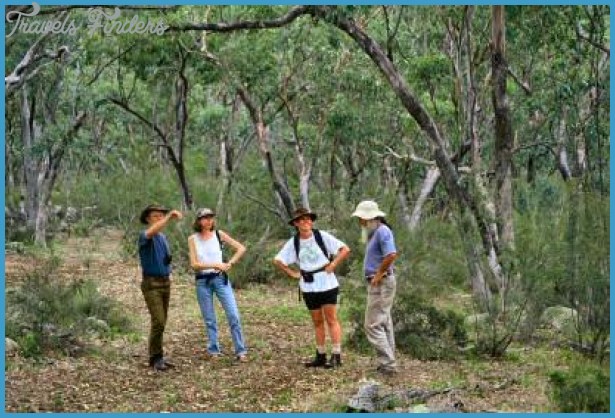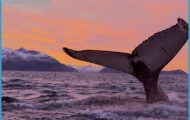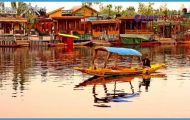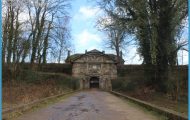It wasn’t only the plants that proved to be an attraction up here in the mountains. Later that day, walking along the top of a steep slope, I heard an occasional whistlelike scream from somewhere below. Scanning with my binoculars, it took me a while to find its source: an Alpine Marmot sitting on a low rock presumably acting sentinel to warn his companions of trouble (me) nearby. I didn’t spot the rest of his – or her – colony so I assume they had dived for cover when the sentinel gave his first whistle. I’d seen colonies of marmots elsewhere in the Alps and the Pyrenees over the years, usually feeding just outside their burrows and I had sometimes watched from a distance as family groups played in the sun or simply lay down and seemed to sunbathe on some nearby warm rock. After at least seven months of underground hibernation to see them through the long cold winter, maybe they just love basking in a bit of summer sun. But most of the time after coming out of hibernation they spend feeding; they will have lost half their body weight through the long winter months so need to put weight back on to face the following winter.
Equipped with strong claws, marmots can burrow into soil so hard a pickaxe would find it difficult to penetrate. They even remove stones with their teeth, not something most dentists would recommend! Alpine Marmots are actually squirrel relatives but much larger; they grow to about 50 cm in length. This one had mid-grey coloured fur though it can vary from blonde through to rusty-brown and dark grey.
Wildlife Nature Travel Photo Gallery
There were alpine birds here too of course. Predictably, there were the usual noisy, yellow-beaked Alpine Choughs, flying about in small posses but concentrating more around the Schynige Platte railway station and associated hotel/restaurant where a few scattered crumbs (not that such a thing is permitted in Switzerland) might enrich their normal diet usually obtained exclusively by probing the short alpine turf for invertebrates.
All day, small birds dotted about the extensive pasture here were flying up into the air, singing all the while and then parachuting down to the ground on open wings and spread-out tail. Very obviously advertising their breeding territories to the other males around, these were Water Pipits, birds of these high alpine meadows and somewhat similar to the Meadow Pipit of British moorlands. Their incessant tinkling songs were an auditory complement to the visual impact of this majestic landscape with the ice-covered Jungfrau and Eiger looming in the near distance. Tiny green Citril Finches with their steely grey heads were another feature; they didn’t do song flights but flitted from shrub to shrub, calling as they went and constantly on the move, searching for seeds in every bush.
My love of these alpine landscapes, the magnificent vistas they provide and the wildlife they nurture was fired, believe it or not, by a school trip. Aged about 15, I was one of thirty or more from our school to travel by train one summer via Ostend and Basel to a – probably quite basic – Swiss pension somewhere above the historic town of Thun in the Bernese Oberland. We were accompanied by three teachers who seemingly kept a fairly loose rein on us. These were, of course, a time-warp before the concept of health and safety loomed as large as it does nowadays.
One day four or five of us lads decided to hike from somewhere near Grindelwald in the Lauterbrunnen Valley – famous for the peaks Jungfrau, Eiger and Monsch – up into the high mountains. I don’t know if we had maps. I don’t know if we had planned where we were heading to. And I certainly don’t recall how it was that our supervising’ teachers had seemingly made themselves scarce or whether we had told them what we were up to. All I recall is that we hiked all day; we had arrived in Grindelwald by train (it was our only means of transport) and I presume we intended to meet up there with the other pupils and our teachers at the end of the day.
And what a day it turned out to be. Coming from Mid Wales – from where all of us hailed – I was used to hill walking but my walking experience was confined to traversing mere pimples in the landscape compared with the alpine slopes we set about now. Up and up we scrambled, all of it on well-marked paths but quite frequently climbing vertically on fixed wooden ladders up short rock faces too. Presumably we had taken some food with us. Eventually, I recall spotting the alpine town of Grindelwald way down below and found it difficult to assimilate how tiny it now looked.
How far we climbed I have no idea. But we ended up clambering over bare rock outcrops and snow patches (this was July or August) devoid of any other human presence. We had climbed above virtually all of the alpine vegetation. Then I remember vividly that we started walking out between rock outcrops and on to a mass of frozen, blue-grey ice in a narrow, cliff-lined valley, the whole of the surface scattered with small boulders and stones. It took us several minutes before any of us realised that we were walking across a glacier! None of us had ever seen anything remotely like it though we had been taught about glaciers in geography lessons. Here we were, standing on one, its bright, sun-reflecting surface under our feet. We were walking across a valley filled with ice, a huge mass of ice capable of carving out its own valley profile in the rock around it.
But what glacier was it? The obvious one in the area is the mighty Aletsch Glacier, up to a kilometre thick and the largest in Europe. But we probably hadn’t made it that far; it was perhaps a much smaller, lower one, the Lower Grindelwald Glacier maybe. Whichever it was, we had reached a height of at least 2000 m, a height that seems highly unlikely to me now and a climb of well over 1,000 m from Grindelwald. But there is no glacier that’s any lower thereabouts. And we were most definitely walking on one.

